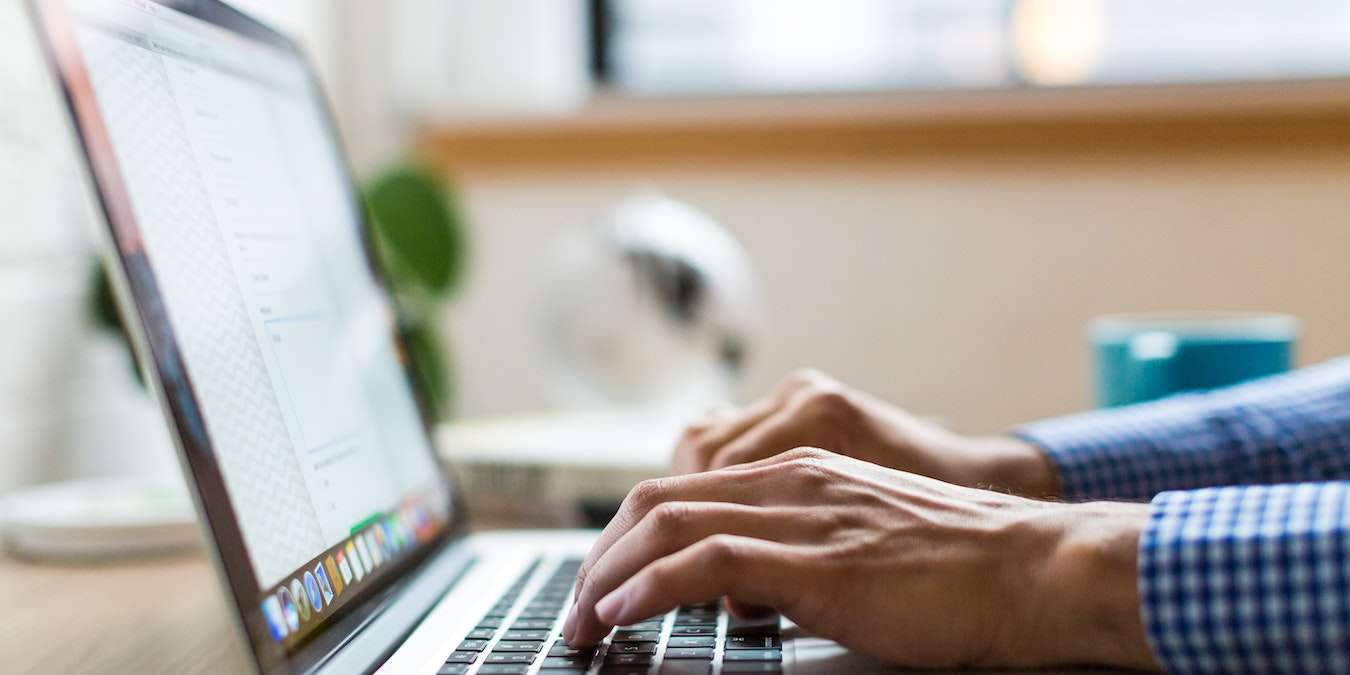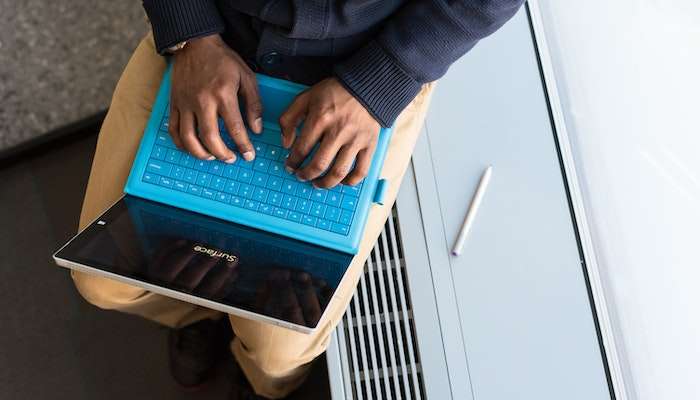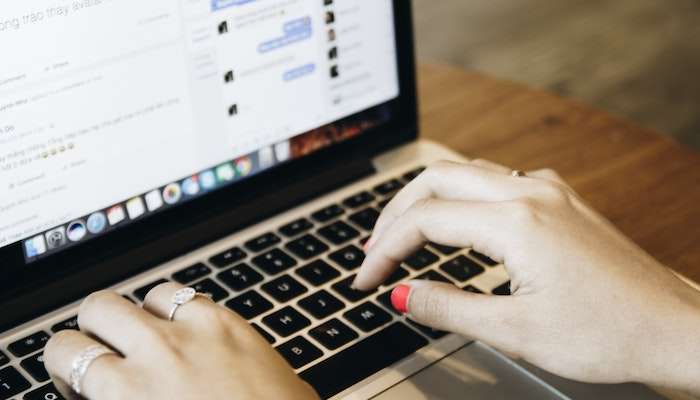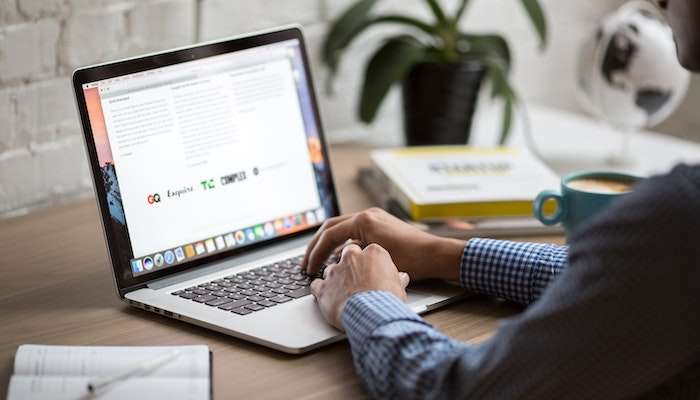
Part of being an adult is learning the proper etiquette for situations like job interviews, parties, and everyday conversations. And, one of those normal parts of everyday life as an adult involves electronic communications like text messaging and emails. However, you can’t write an email in the same way you’d text message your best friend. You need to master the art of email etiquette so you look like a competent working adult, and this list of suggestions will help you out.
1. Maintain a Professional Email Address
Fun email addresses may have been amusing when you were a teenager, but they aren’t practical in the adult world. Most people over the age of 18 set up a professional-looking email address, even when using email clients like Gmail or Yahoo.
Using a professional email address establishes trust and authority. It lets whoever you email know you are mature and take communication seriously. It also shows that you respect them. So, if you don’t already have a professional-looking email address, it’s time to make one.
2. Use a Clear, Direct Subject Line
The subject line of an email helps the recipient know what to expect when they open the message. It should be clear and concise and describe the expectation for the reader. When writing, include details like dates, times, or whether a response is needed. Also, don’t leave the subject line off entirely, as this may result in the message going to spam or being deleted.

3. Start With a Professional Greeting
When you greet someone face-to-face during social events, you shake hands and say, “Hello.” When you email someone, you should put the same effort into your greeting. It not only sets the tone for your message but shows the recipient common courtesy.
The specific greeting you use may vary based on your audience. However, some good examples include:
- Dear (insert name),
- Good morning (insert name),
- Greetings,
- To whom it may concern,
4. Include a Signature
Just like the greeting at the beginning, you should always include a signature at the end of your email messages. This signature should include a sign-off like “thank you” or “sincerely,” then include your name and contact information. If you want to get really creative, you can create a custom signature with a handwritten name.

5. Avoid Reply All
No one likes reading irrelevant emails, yet we all receive them daily. In many instances, using the “reply all” button creates this exact issue for others. Before hitting any form of “reply,” check who is listed in the To and CC lines of the message. If only the sender needs a response from you, be sure that only that address appears when you respond.
6. Don’t Use Caps Lock
Because email doesn’t contain the same tone and inflection as in-person conversations, people have developed ways to get these same points across. Because of this, most people interpret the use of all caps as a way to shout or yell at people over email. So, if you don’t want to appear rude or immature, don’t use caps lock when writing a professional email.
7. Consider Your Tone
Although caps lock and emojis can help provide some context, there are a lot of times when it’s left up to the recipient to interpret the tone of your message. Sometimes, people may misinterpret playful jokes or sarcasm as rudeness or hatred. Similarly, short and punchy sentences as anger.

When you write a message to someone, try to think of all the ways your words could be interpreted. If there’s any doubt to the tone, either change the wording or add additional context to clear up the issue. In many cases, manner words like “please” and “thank you” can go a long way in electronic messages, especially since the recipient can’t rely on your inflection and body language in the way they would during a face-to-face conversation.
8. Spell Check All Messages
Typos happen. However, if you consistently misspell words or exclude commas, the people reading your emails may question your intelligence and professionalism. It’s very easy to use spell check in most email applications. Similarly, you can install browser extensions like Grammarly to help you check your spelling, punctuation, and grammar.
9. Know Your Audience
We all love humor, emojis, and memes. However, these items don’t always belong in emails sent at work or in other professional settings. Before you add that laugh-cry emoji or plop a funny meme into an email to your coworkers, think long and hard about how others will interpret this and whether it fits into your work environment. If you are unsure, it’s best to leave these things out.
10. Use a Clear, Easy-to-Read Font
Fonts can be fun. However, many of the whimsical, artsy fonts that are available have no place in business communication. Furthermore, many of these fonts are hard to read when accessed on small screens or mobile devices, which creates a whole other issue for your recipient.

Most experts recommend using at least an 11 point font that is in an easy-to-read style like Arial, Times, or Calibri. Also, stick to black text everywhere except the signature line (if you want to add something colorful). Finally, only use effects like bold, underline, or italics to emphasize a point or help important information like deadlines stand out.
11. Use CC/BCC Correctly
As previously mentioned, reply all isn’t meant for the majority to email messages. Similarly, both CC and BCC have times and places to use correctly and times when they should not be used. Typically, anyone included in the To line is expected to respond to a message, whereas CC and BCC mean something different.
Use CC (Carbon Copy) when:
- When you want to publicly copy individuals who may not have been the intended recipient
- When you’re replying to a sender and need to loop another friend or colleague into the conversation
- When someone needs some of the information in the thread but doesn’t need to respond
Use BCC (Blind Carbon Copy) when:
- When sending information to a large number of people but don’t want to openly share each recipient’s address
- When you don’t want the person in the To line to know you’ve included others in the thread
Frequently Asked Questions
Does the same email etiquette apply to all types of email?
No. Typically, you will follow stricter email etiquette rules when messaging colleagues or potential employers and less rigid rules when sending emails to friends and family. However, some parts of email etiquette apply regardless of the recipient.
Should I email people I don't know?
There are some instances when it is acceptable to email people you don’t know, but there are other times when you should not. For example, you can email a potential employer about a job posting you saw online. Inversely, you shouldn’t contact strangers with marketing or sales messages for work.
Is it acceptable to use a Gmail account for professional emails?
If you are emailing someone and do not have (or want to use) your company email, you can use Gmail or similar platforms. However, you should make sure the address has a professional tone, like your first and last name or first initial and last name. Avoid using nicknames or other words unrelated to your name, as this isn’t professional.
Image credit: Pexels











